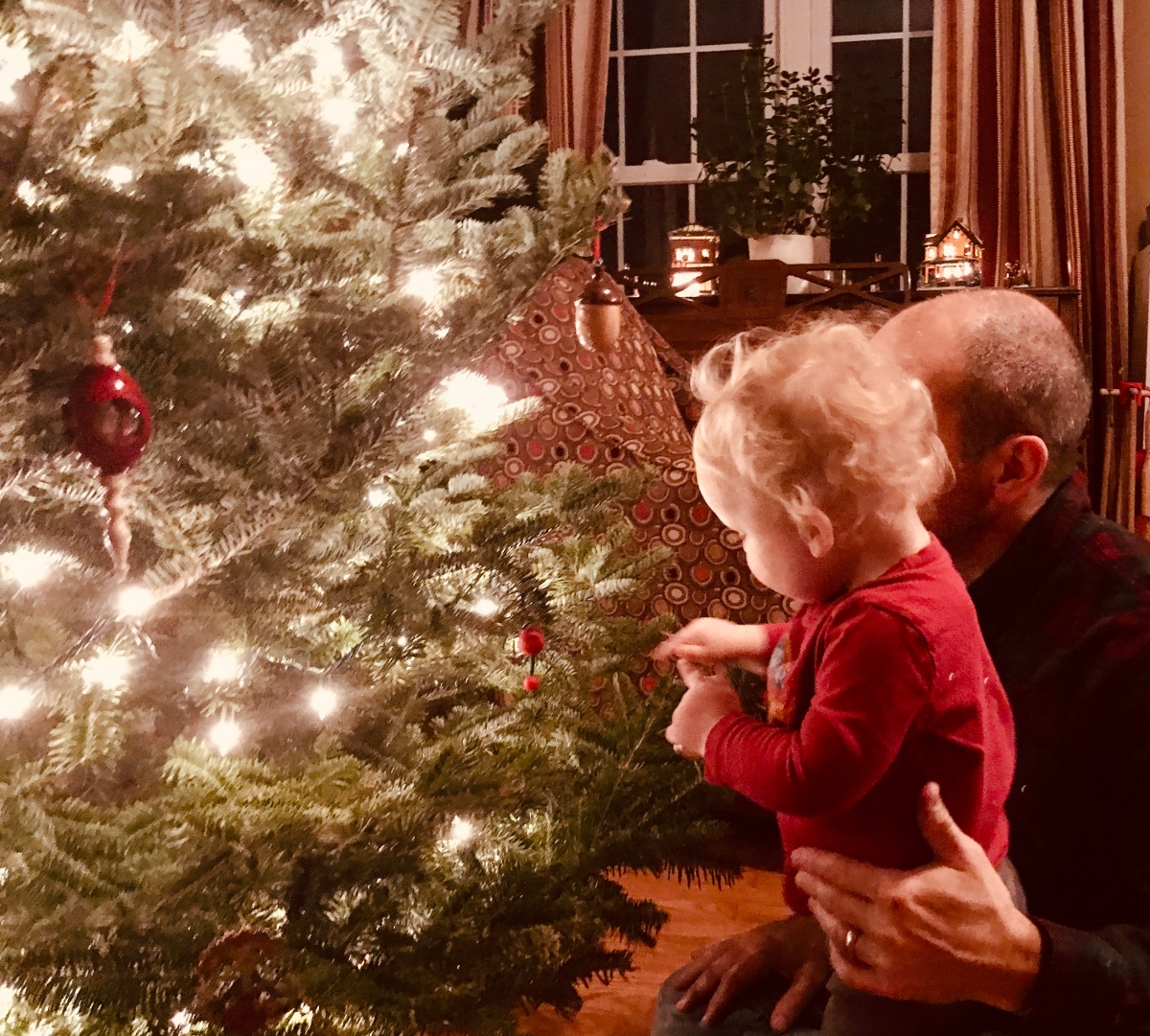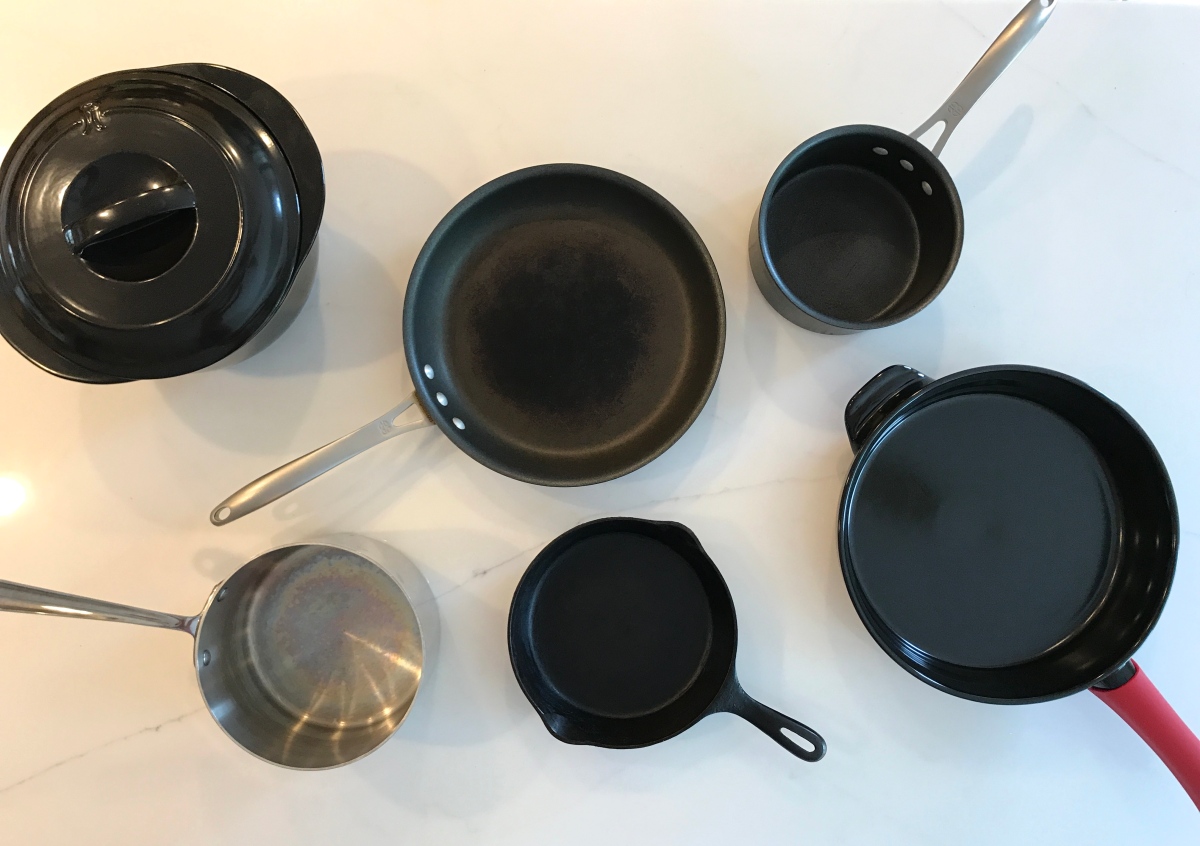Encouraging a love for our planet and honoring nature can be simple to incorporate into our daily lives with a little patience and creativity. Here are just a few ways to develop this practice, with varied levels for each member of the family.
- Connect With the Natural World: When we connect with nature, we make a relatively abstract concept feel more relevant. This sets the foundation for preservation and conservation of our most precious resources.
- Babies– take walks together (in a stroller, carrier, or toddling around). Allow them to experience with all their senses in a rich way. Feel the breezes, smell the smells, touch all the varied textures, and watch the branches sway. Try to get out in each season and in all types of weather.
- Small Children– In addition to taking walks outdoors, allow for free time to explore. Let them play in mud, water, sand, and snow without any agenda or timeframe. Provide opportunities to wander at their own pace, collecting items of interest along the way. Look out the window each day and talk about how your naturescape is changing. Make a bird feeder in winter, plant some seeds and watch them grow in spring. Don’t forget to stomp in the mud!
- Children and Teens– In addition to free exploration, introduce some outdoor activities. Biking, scootering, hiking, geocaching, kite flying and camping are just a few to start with.
- Everyone Else– Find time everyday to get outside. Feel the air on your face and take a few deep breaths. If it’s available to you, walk barefoot (the practice of grounding), explore an unknown area, plant a small garden or some flowers.
- Eat your Veggies (fruits and beans too)– Research the connection between a plant-based diet and how it can drastically improve our planet. The facts are clear that switching to a diet free of animal products reduces greenhouse gas emissions, a major contributor to climate change, prevents deforestation, and improves overall health (think of all that medical waste). It also frees up land typically used for animals and converts it to land for plants, which acre for acre produces more food – thus feeding many more people. Even if you aren’t fully ready to make the switch, you can make small important changes that make a difference. Make fruits, vegetables, whole grains, and legumes regular staples in your household recipes for all family members. Some great websites for recipes include The Minimalist Baker, Monkey and Me Kitchen, and Forks Over Knives (which has a fabulous meal planner and beginner’s guide as well). If you prefer something a little simpler, try a meal subscription like Purple Carrot. They have delicious, easy recipes that will get you excited about eating plants and you can become familiar with new ingredients and ways to season your food!
- Children– Kids are naturally attracted to all the beautiful colors in the fruit rainbow! Keep large bowls of fruit out on the counter for healthy snacking. Invite them to choose fruits and veggies from the grocery store, pick out a recipe and get started cooking together. Provide a space where they can observe you enjoying healthy, fresh food. Look up ways that phytonutrients and antioxidants from eating specific foods benefit health and share with your kids. They love absorbing new information. Keep a light heart and have fun!
- Reduce Waste- there are many ways to reduce the amount of “stuff” we are consuming and accumulating. I have a post about zero waste strategies you can visit here. Below are some additional ways to build this practice into family life.
- Babies– resist the urge to buy all the things. There is an astounding amount of gently used baby gear out there on Facebook Marketplace, Buy Nothing Groups, and Consignment sales. Websites such as Kidizen and Poshmark are excellent places to find specific clothing items by brand at reduced prices.
- Children– create a “less is more” mindset in your home. Limit (or eliminate) cheaply made plastic toys and opt for higher quality items that will last several developmental stages. Simpler toys such as building blocks, play dough and art supplies, stuffed animals and puppets, tracks and vehicles, and a play-house set allow for hours of rich creative play that spans many age ranges and developmental levels. Again, resist the urge to purchase trendy and specific “character” based toys. Alternatives to those items include “character”stickers, coloring books and traditional books. Your kids won’t feel like they are missing out if you normalize these practices for them from the start. Use your local library, they are a wonderful resource. Encourage your children to pick and choose whatever books they like. This teaches them the joy of literature, the spirit of sharing, and also helps them fulfill that need of gathering a collection.
- Everyone Else- There are so many practices to reduce waste. A few places to begin: reduce consumption of consumables and single use plastic (especially bottled water), cook at home and reduce food waste, and buy second hand when possible. Focus on one area at a time. There are so many options for reusable containers made of glass, silicone, and stainless steel. Find one that will work for your family’s rhythm. Invest in a set of reusable water bottles for the family. Learn a new skill- batch cook, sprout at home, make broth from food scraps, and cook with those leftovers in the back of the fridge. Find a second hand store you like and search there before buying new. Consider purchasing used fleece (which is a plastic based fabrics) whenever possible. Patagonia has an excellent gently used clothing site called Worn Wear which we love to support. And avoid fast fashion completely if possible. Textile waste is a huge problem, particularly in third world countries which are bombarded with our clothing waste. Last on the list, find and support your local farmers market and buy local as much as possible!
I hope you have found something on this list than will enrich your life and grow even more love for our precious Earth.
Peace to All, Life to All, Love to All- Sat Nam.













